Discover Pandipedia
Pandipedia is the world's first encyclopaedia of machine generated content approved by humans. You can contribute by simply searching and clicking/tapping on "Add To Pandipedia" in the answer you like. Learn More
Expand the world's knowledge as you search and help others. Go you!
In the realm of artificial intelligence, particularly in computer vision, segmentation tasks are crucial for a better understanding of images. Meta AI Research introduced an innovative model, the Segment Anything Model (SAM), aimed at transforming image segmentation. This blog post breaks down SAM's functionality, its deployment, and its remarkable capabilities.
Overview of Segment Anything

The SAM project revolves around creating a foundation model specifically designed for segmentation tasks in images. SAM distinguishes itself by being able to interact with various inputs to output segmentation masks in real-time, dealing with ambiguity effectively. The core concept is to empower users with a promptable segmentation task, allowing the model to generate relevant segmentation masks based on either specified prompts or automated methods.
The team at Meta initiated this extensive project due to limitations seen in large-scale segmentation, especially concerning the need for vast annotated datasets. SAM utilizes a massive dataset dubbed SA-1B, which contains over 1 billion masks generated from 1 million images. This dataset includes high-resolution, licensed images that consider privacy concerns, ensuring ethical practices in data usage.
Architecture and Functionality
SAM is powered by a heavy-weight image encoder that enhances segmentation capabilities. It operates through three primary components: an image encoder, a prompt encoder, and a mask decoder. The image encoder processes the input image, while the prompt encoder assists the model in responding to various prompts, leading to the generation of high-quality masks. These masks allow for precise object identification and separation in images, making it invaluable for myriad applications ranging from autonomous vehicles to professional photo editing.
One of the standout features is SAM's versatility in adapting to various segmentation tasks without the need for fine-tuning. This zero-shot learning ability allows SAM to generate segmentation masks for new and unseen tasks effectively. By prompting SAM with different types of input, users can retrieve accurate segmentation masks that identify foreground objects regardless of the complexity of the image.
Training and Innovation
The training process for SAM involved unique methodologies that deviate from traditional methods. Instead of having a rigid training protocol, SAM was trained using multiple data collection methods to ensure a robust and diverse training set. These methods include assisted manual annotations, semi-automatic annotations, and fully automatic mask generation. This multifaceted approach ensures the model is exposed to a variety of tasks and real-world data.
Moreover, the team conducted extensive experiments to evaluate SAM's performance across different datasets and prompts. They compared SAM against existing state-of-the-art models in segmentation and consistently found that it significantly outperformed them. This is confirmed through empirical analysis, where SAM demonstrated superior performance in generating high-quality masks across various scenarios, proving its reliability and efficiency in different applications.
Addressing Challenges in Segmentation
Despite its capabilities, SAM acknowledges certain challenges present in the field of image segmentation. The model is built to recognize potential biases that arise during the segmentation process, particularly when handling ambiguous prompts. To address this, SAM can refine its outputs through a mechanism that focuses on additional relevant input points to enhance model accuracy.
Furthermore, SAM's design accommodates different user requirements, ensuring flexibility in various applications. It can be integrated into systems that require real-time image segmentation, proving invaluable for fields such as robotics, autonomous driving, and medical imaging.
Real-World Applications and Future Prospects
The implications of SAM extend far beyond academic research. It has significant potential in commercial applications, including e-commerce, automated inspection, and personalized content generation. As organizations increasingly depend on advanced machine learning models for image recognition and processing, SAM stands out for its practical efficiency and reliability.
Meta intends to continue improving SAM with further research, aiming to enhance its capabilities and broaden its applicability. Future iterations may include more sophisticated ways to generate segmentation masks, catering to complex use cases that demand even higher accuracy.
In conclusion, the Segment Anything model is a pioneering approach to image segmentation that has the potential to redefine how machines interpret visual data. With its groundbreaking methods, SAM not only enhances accuracy but also addresses many of the challenges in current segmentation technologies, establishing a solid foundation for future innovations in computer vision.

Let's look at alternatives:
- Modify the query.
- Start a new thread.
- Remove sources (if manually added).
- Request a manual search from our human research team.
Let's look at alternatives:
- Modify the query.
- Start a new thread.
- Remove sources (if manually added).
- Request a manual search from our human research team.
Get more accurate answers with Super Search, upload files, personalised discovery feed, save searches and contribute to the PandiPedia.
Osprey Atmos AG 65
Known for its anti-gravity suspension that provides excellent comfort and back ventilation, making it ideal for carrying heavy loads during fieldwork[2].

Granite Gear Blaze 60
This lightweight pack can comfortably support up to 50 pounds, featuring a stretchy mesh front pocket and roomy hip belt pockets, enhancing its practicality for extensive field use[2][4].
Gregory Baltoro 65
Designed for heavy loads, this pack offers remarkable comfort and organization with multiple pockets and a suspension system built for stability[9][10].
Osprey Aether 65
Great for carrying sizable loads, it features intricate adjustability and a well-structured back panel for comfort over long treks[2][9].
Deuter Aircontact Core 65+10
This pack offers excellent organization options with multiple access points and a cushioned frame for comfort while carrying heavy gear[3][10].
ULA Circuit
A popular choice for long-distance hiking and backpacking, praised for its minimalist design and comfort in hauling heavy loads[9][10].
REI Co-op Flash 55
Known for its versatility, it can morph from a beginner to a sleek ultralight pack, perfect for both short and long trips[9][10].

Osprey Exos 58
This ultralight pack excels in load-bearing while being breathable, making it suitable for extended fieldwork[2][9].

Gregory Paragon 58
With ample organizational features and great adjustability, it’s an excellent option for weekend trips and longer excursions[9][10].
Kelty Coyote 65
A durable and affordable option with plenty of space and comfort, making it great for a variety of outdoor activities[4][10].
The North Face Recon 30L
This popular daypack offers good organization and is capable of holding a laptop securely, suitable for diverse fieldwork needs[3][7].

Patagonia Black Hole Pack 32L
A durable and waterproof backpack designed for rugged conditions, ideal for carrying gear in inclement weather[3].
Osprey Nebula 32
A versatile daypack that merges outdoor strength with urban styling, perfect for transitioning between fieldwork and daily use[3].
Volher Travel Backpack
A budget-friendly option with ample organizational pockets, making it suitable for everyday field use[3].
Timbuk2 Authority Deluxe
This offers excellent laptop protection along with spacious storage, making it suitable for professionals in the field[3].
North Face Borealis
Known for its comfort and organization, this pack works well as both a school and an outdoor bag[3].

Herschel Heritage
A versatile and stylish backpack that combines functionality with a classic look, useful for casual fieldwork[1].
Aqua Quest Defender 50L Backpack
Waterproof and rugged, designed for outdoor activities where moisture and durability are a concern[9].
Mammut Lithium Pro
Its robust construction and strategic pocketing make it suitable for demanding outdoor work[9].
Arc’teryx Bora AR 63
This backpack integrates advanced materials and design, providing a weather-resistant option for extensive fieldwork[10].
Mystery Ranch Glacier
Built for heavy loads, it excels in durability and comfort, ideal for extended trips into the backcountry[10].
CamelBak Cloud Walker 18
A lightweight and compact option providing hydration capability, suitable for day outings in the field[8].
Deuter Speed Lite 24
Great for light and fast movement, this pack features a sleek profile, ideal for active fieldwork[9].
Black Diamond Speed 30
Designed for climbing and other intense activities, offering a streamlined design and durability in rugged conditions[9][10].
Arc’teryx Futura 50
This is a durable and practical choice for wet conditions, built for professional use in challenging environments[8].

Quechua MH500
An affordable and fully-featured daypack, performing well on hikes and outdoor adventures, suitable for new users[10].
Let's look at alternatives:
- Modify the query.
- Start a new thread.
- Remove sources (if manually added).
- Request a manual search from our human research team.
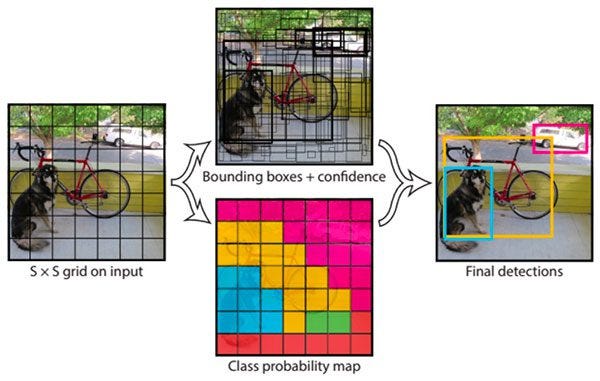
YOLO, which stands for 'You Only Look Once,' revolutionized object detection by treating it as a regression problem rather than a classification task. This unique approach allows YOLO to utilize a single convolutional neural network to predict bounding boxes and associated probabilities simultaneously, resulting in faster and more accurate detection compared to traditional methods that relied on multi-stage pipelines[3][4].
The algorithm achieves remarkable speed, processing images at about 45 frames per second while maintaining high mean Average Precision. This efficiency has made YOLO a top choice for real-time applications across various fields, including autonomous driving, surveillance, and medical imaging[1][2].
Let's look at alternatives:
- Modify the query.
- Start a new thread.
- Remove sources (if manually added).
- Request a manual search from our human research team.

Tyree Island was a challenging location due to multiple factors[1]. It lacked any shelter for shipping and most of its surface was composed of sand[1].
Because of these issues, everything needed to be brought to Tyree Island including; fuel, craftsmen, building materials, and tools[1]. The island was also remote from markets, had inaccessible shores, and stormy seas[1].
Let's look at alternatives:
- Modify the query.
- Start a new thread.
- Remove sources (if manually added).
- Request a manual search from our human research team.

The Roman Empire established one of the earliest and most influential legal systems, transitioning from customary laws to a more structured and codified system. This system laid the groundwork for many contemporary legal frameworks. Roman law, which spanned from the founding of the city of Rome in 753 BCE until the fall of the Western Empire in the 5th century CE, has had a lasting impact on legal institutions across Europe and beyond, serving as a foundational element for civil law traditions that dominate many modern legal systems today[1][2][3].
The Twelve Tables, enacted around 450 BCE, marked a significant moment in Roman legal history. They represented the first attempt to document laws publicly, providing clarity and protecting citizens against arbitrary interpretations by authorities. This legal codification emphasized the need for transparency and set the stage for subsequent legal developments[1][5][6].
Structure of Roman Law

Roman law was characterized by its comprehensive structure, categorizing laws into jus civile, applicable to Roman citizens, and jus gentium, which addressed legal issues involving foreigners and was seen as a precursor to modern international law[2][6]. The Roman legal system distinguished between public law, which pertained to the state, and private law, focused on relationships among individuals[7][9]. This dual structure helped ensure orderly governance and individual rights, which remain integral to legal systems worldwide.
In practice, the Roman legal system was administered through various courts, with magistrates and jurists playing key roles. Jurists like Gaius and Ulpian produced extensive legal writings, providing interpretations and commentaries that enriched Roman law and influenced future legal thought[2][4][8]. Their scholarly efforts helped define essential concepts, such as the legal definition of contracts and torts, which are crucial in modern legal contexts[6][9].
Codification and Legal Frameworks

The Corpus Juris Civilis, compiled under Emperor Justinian I in the 6th century CE, represented a monumental codification of Roman law, consolidating existing legal texts, law interpretations, and new statutes into a coherent legal framework[5][8]. This comprehensive codex not only preserved Roman legal thought but also provided a model for legal systems that followed. Countries across Europe, particularly in the civil law tradition, adopted its principles, shaping the legal structures of nations like France, Germany, and Italy[3][5].
The Roman approach to law's formalization significantly influenced the nature of legal documentation and procedures. The emphasis on written statutes paved the way for the legal reforms that characterized the rise of civil law systems, which prioritize codified laws over judicial precedents, contrasting sharply with common law traditions prevalent in countries like the United States and the United Kingdom[2][4][8].
Key Legal Concepts
The Roman legal tradition introduced several fundamental principles that continue to resonate in modern law. The principle of pacta sunt servanda, meaning 'agreements must be kept,' underscores the sanctity of contracts and remains a guiding tenet in contemporary contract law[7][9]. The differentiation between private and public law, alongside concepts of natural law and civil law, has provided a framework for many modern legal systems to address issues of justice and individual rights[8][9].
Roman law also laid the groundwork for the development of delictual liability, akin to modern tort law. This area of law emphasizes accountability for harm caused to others, which is central to contemporary legal remedies and protections against wrongdoing[4][5]. Moreover, the notion of ius gentium has evolved into principles governing international law today, promoting legal interactions across national boundaries and embodying the early understanding of mutual governance among different peoples[4][6].
Continuing Legacy

The influence of Roman law extends beyond Europe into various regions and legal systems globally. The principles established by Roman jurists and codified in texts like the Corpus Juris Civilis continue to shape contemporary laws, reinforcing concepts of property rights, personal freedoms, and civil rights[1][9]. The adaptability of Roman legal concepts has allowed them to be integrated into diverse legal traditions, ensuring their relevance in today’s complex legal landscapes.
Legal education has also been shaped by Roman contributions, with many law schools incorporating the study of Roman law into their curricula. This historical context reinforces the understanding of modern legal systems and fosters a deeper appreciation for the origins of legal principles still in use today[8][9].
In summary, the Roman Empire's innovations in law, from the codification of legal principles to the establishment of comprehensive legal frameworks, have had a profound and lasting impact on modern law. The legacy of Roman legal thought continues to inform contemporary legal practices and principles, underscoring the enduring significance of this ancient legal tradition.
Let's look at alternatives:
- Modify the query.
- Start a new thread.
- Remove sources (if manually added).
- Request a manual search from our human research team.
Get more accurate answers with Super Search, upload files, personalised discovery feed, save searches and contribute to the PandiPedia.

Sateen sheets offer several benefits, including a luxurious, silky feel and a stylish sheen that enhances the bedroom aesthetic. They are generally wrinkle-resistant and can often be washed without needing ironing, making them low maintenance. Additionally, these sheets are heavier and can trap heat, providing warmth for those who tend to sleep cold, which can be appealing during winter months[1][4][5][6].
However, there are drawbacks to sateen sheets. They are often more expensive than other options and may be prone to pilling and snagging as they age. Their heat-retaining properties may not be suitable for hot sleepers or warm climates, and their slippery texture can lead to shifting during the night[1][3][6].
Let's look at alternatives:
- Modify the query.
- Start a new thread.
- Remove sources (if manually added).
- Request a manual search from our human research team.

You can creatively repurpose old furniture by transforming it into functional and stylish pieces. For instance, an old dresser can become a storage-friendly bench or even a home bar, bringing new life and utility to its design[5][6]. Similarly, vintage chairs can be turned into unique plant stands, enhancing your outdoor decor[4][6].
Additionally, consider DIY projects such as converting an old door into a chic bench or using a wooden ladder as a decorative towel rack[5][6]. These upcycling ideas not only beautify your space but also help you save money while being environmentally friendly[4][6].
Let's look at alternatives:
- Modify the query.
- Start a new thread.
- Remove sources (if manually added).
- Request a manual search from our human research team.
Let's look at alternatives:
- Modify the query.
- Start a new thread.
- Remove sources (if manually added).
- Request a manual search from our human research team.

Impressions are a good metric of awareness, of causing awareness, and that's the measure that's used for display ads and social media ads.
KINSHUK JERATH, Ph.D.[1]
Clicks are sort of some kind of action, is a good metric for lower funnel, and that's how search ads are priced.
KINSHUK JERATH, Ph.D.[1]

We don't have better algorithms than anyone else. We just have more data.
Speaker or author name[2]
The standard in the industry for everybody else is, you know, you pay and you hope that you get some.
Speaker or author name[2]
Google reduced the information in the query report, limiting the visibility into specific queries. They describe it as a massive decrease.
MR. DAHLQUIST[4]
Let's look at alternatives:
- Modify the query.
- Start a new thread.
- Remove sources (if manually added).
- Request a manual search from our human research team.













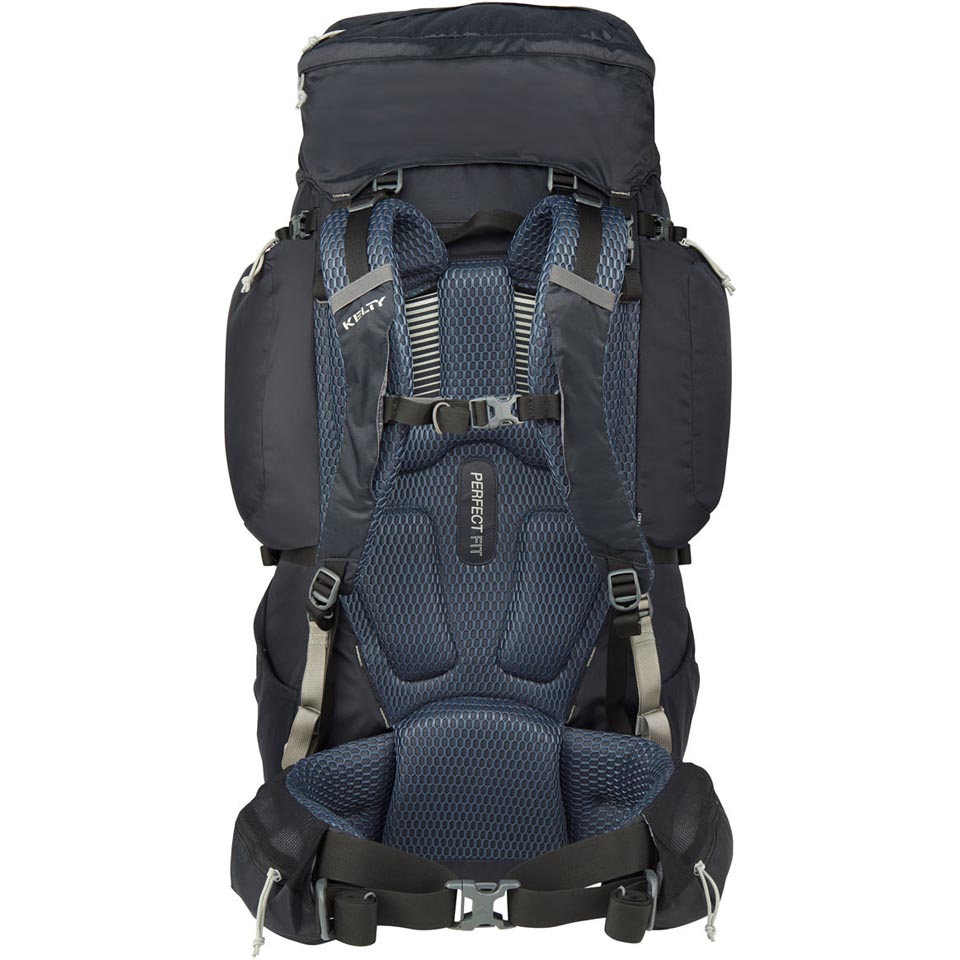





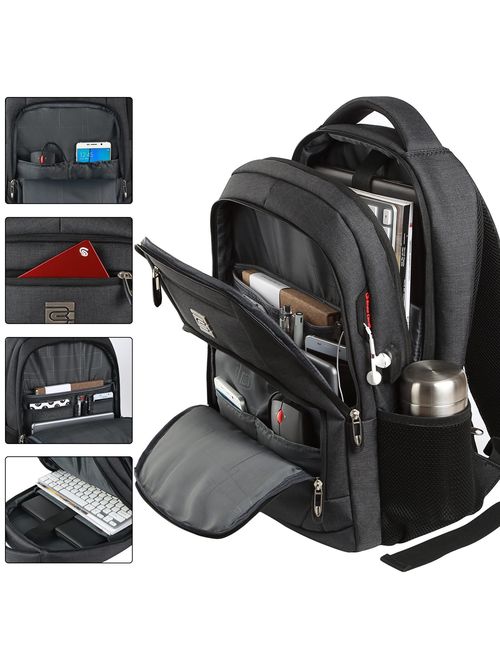







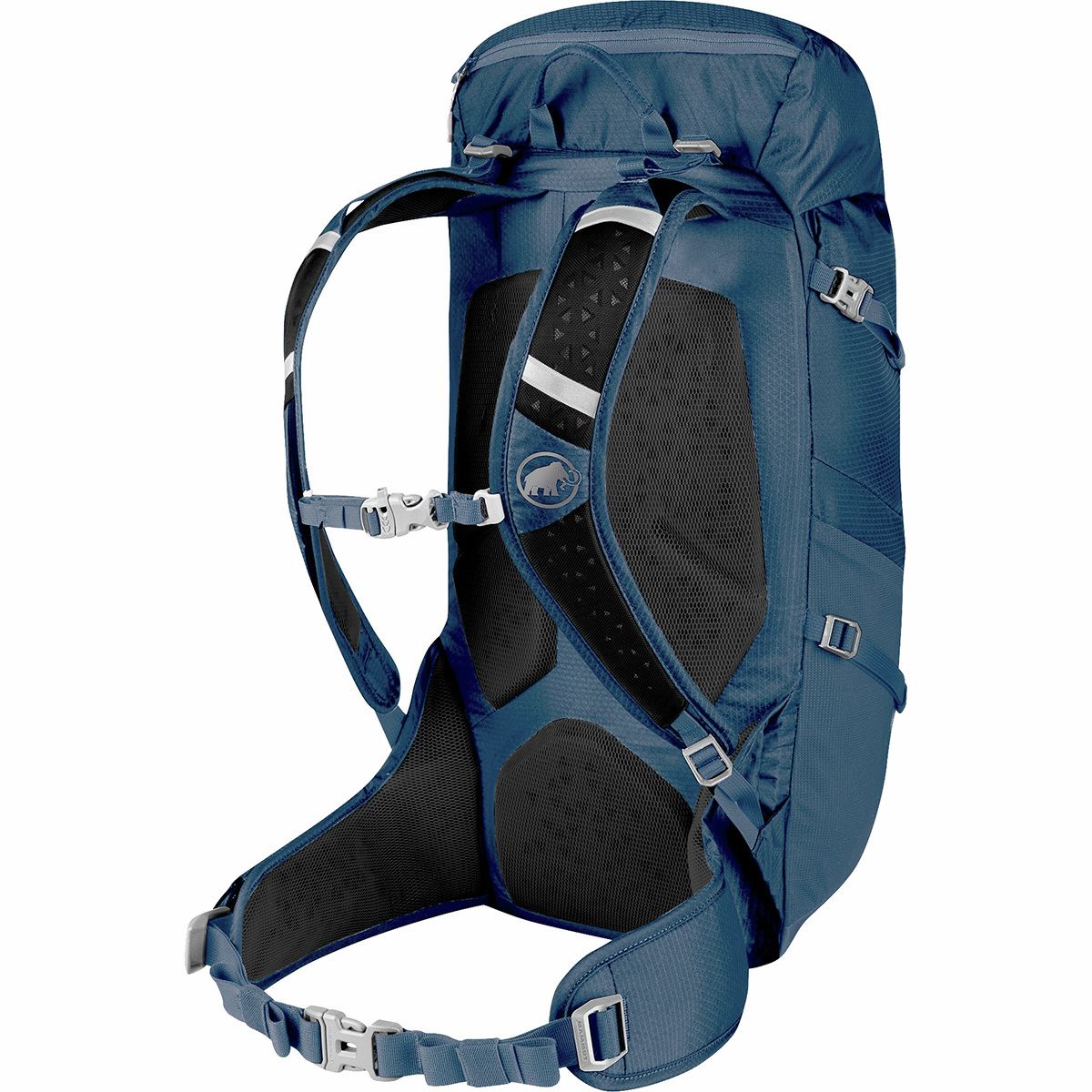
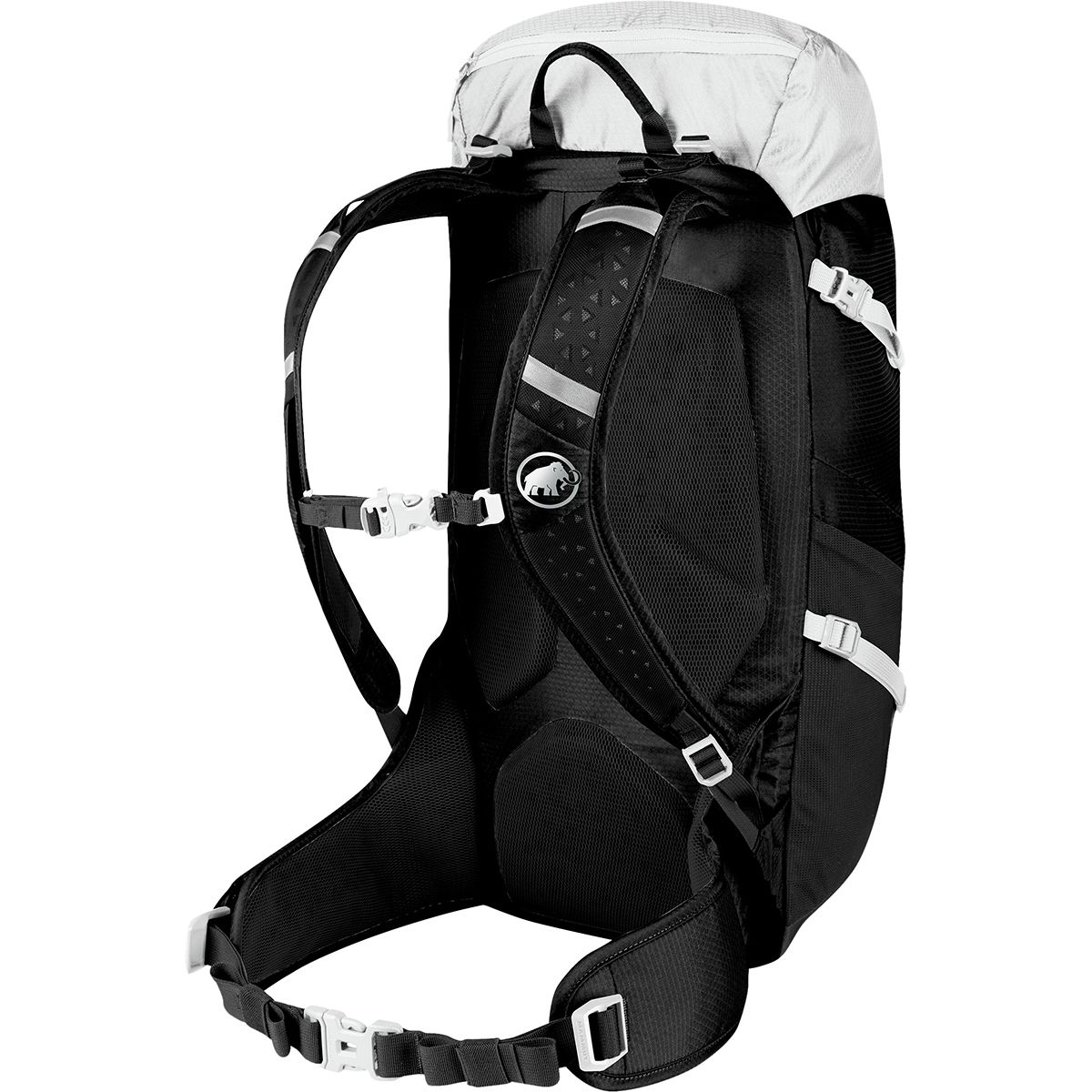


-3050.jpg?resizeid=3&resizeh=800&resizew=800)








